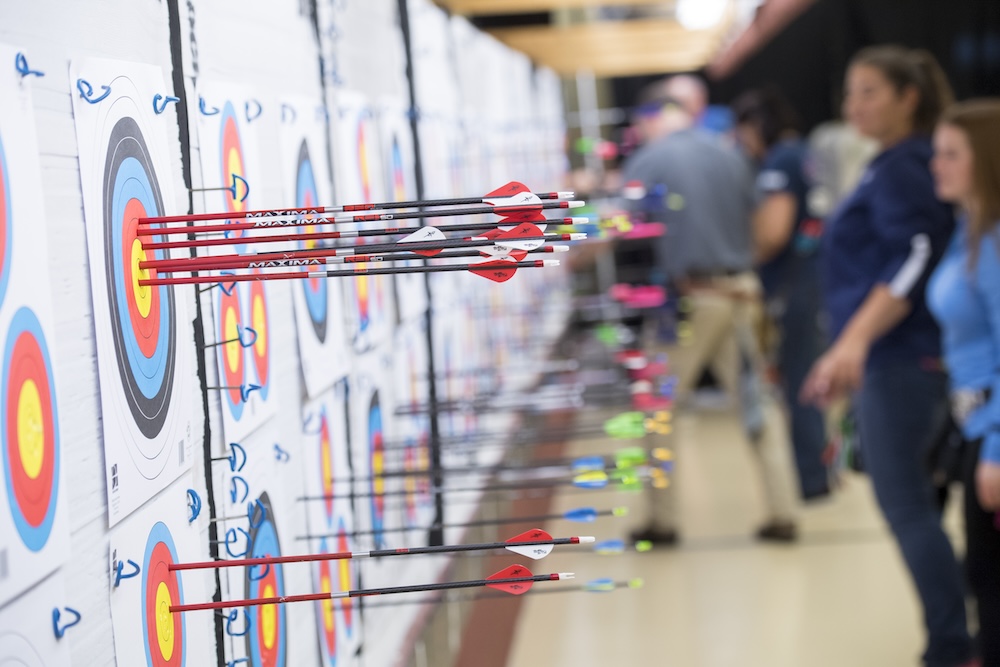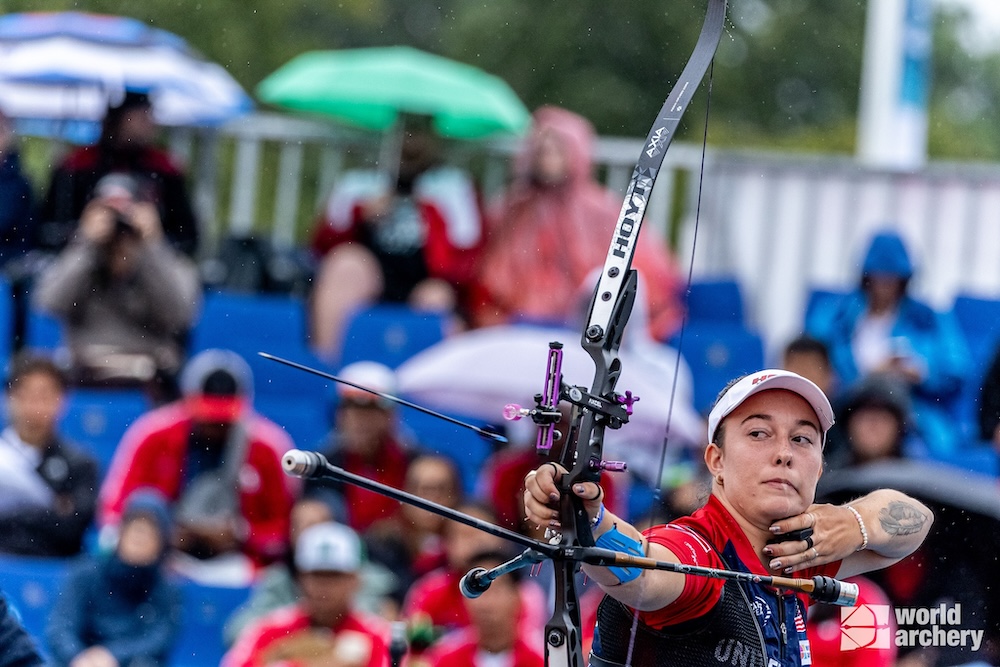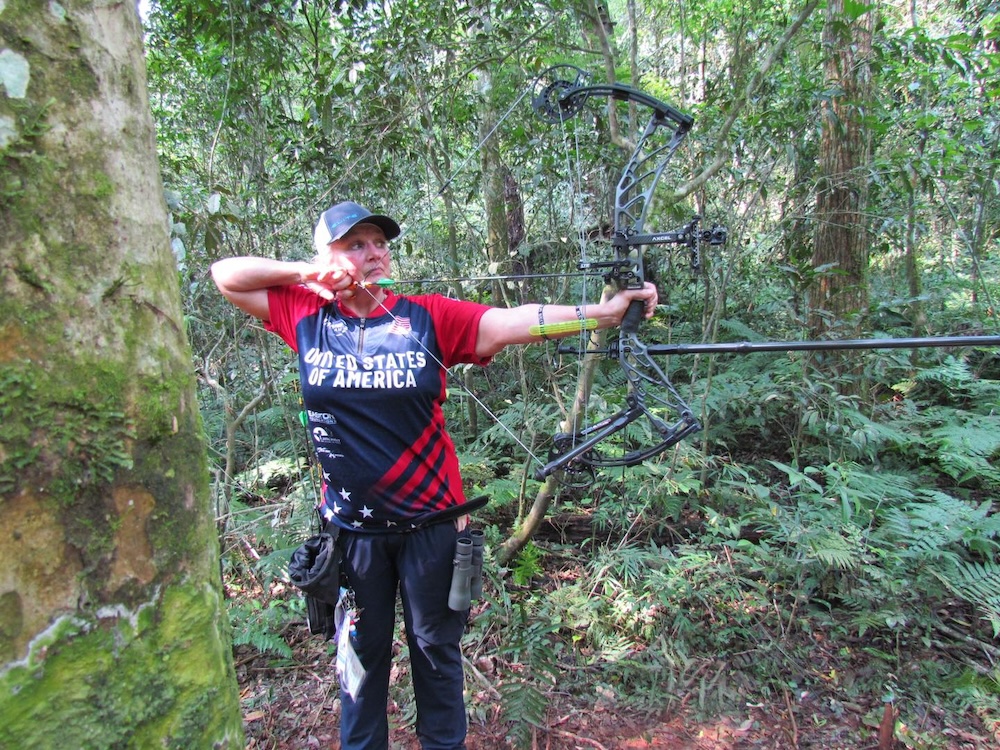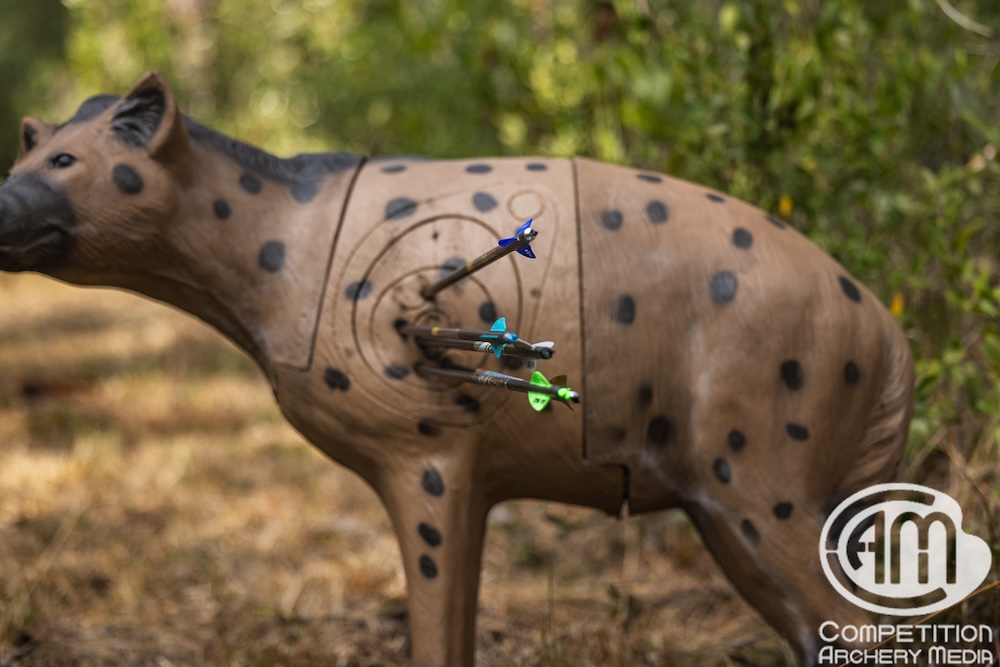
Choosing the right arrow can make your shooting experience more enjoyable. Certain arrows are better for specific situations, and this article will cover all archery disciplines excluding hunting.

By far one of the most popular archery rounds, indoor target has the potential to attract thousands of archers to a single location (such as the Vegas Shoot each year). The distance is shot at 18 meters — or 20 yards — with a 10-ring that is comparable to the size of a penny or a quarter for compound or recurve bows, respectively. Scores are usually very high for indoor target archery, with the coveted perfect 300 out of 300 points for one round as the goal for many archers around the world. One of the rules for indoor target archery is that if an archer’s arrow touches the line of the next-higher scoring ring, they are awarded the higher score. Archers will usually choose to shoot an arrow that has a bigger diameter for its “line cutting” capabilities. Basically, archers can make small mistakes in their shot, but the diameter of the arrow shaft will help to make up for their errors by giving them a higher chance of catching the line.

Outdoor archery is very enjoyable because of the opportunity to watch your arrow fly over a longer distance. There’s something very satisfying about seeing that projectile take flight. Recurve archers usually shoot 70 m, while compound archers shoot 50 m. Archers who spend their time shooting outdoor target will generally choose to shoot a small diameter arrow because of its wind-resistant properties. An arrow with a smaller diameter will have less of a cross-section for a crosswind to affect, and therefore will not be pushed over by the wind. This helps when surprise variable wind conditions happen while the arrow is in the air on its way to the target, especially if the archer did not take the wind into account.

Opposite to what the name suggests, field archery is basically target archery that is not shot on a field but inside a forest, or on terrain that is not flat. Field archery usually has the cover of trees and flora to help cut down the disturbances of wind. Therefore, a small-diameter arrow isn’t the priority. One of the aspects of field archery is the “unknown” round, where the archer must make their best guess at the distance of a target. Judging that distance is a skill that takes a long time to develop, and archers are usually not exact with their estimation. Something that helps here is to have as fast an arrow as possible. Field archers usually choose to shoot the lightest arrow they can safely tune with their bow to maximize speed. This allows for a flatter arrow trajectory and can help with a wrong estimation of distance.

This style is normally shot much like the field round except at foam target replicas of animals. These animals have scoring zones etched into the foam around where their vital organs would be; the closer you hit to the location of the vitals, the higher your score. Since there are trees and vegetation to block the wind, a thin arrow is not needed, and like the field round, a lighter arrow is desirable so that arrow speed is maximized when judging an unknown distance. Unlike field, however, there is a possibility of catching the line between scoring zones and “pulling” that line toward your arrow. Due to the nature of the foam, the arrow can affect the scoring zone line, so most 3D archers prefer a light arrow with a bigger shaft diameter.
Choosing the correct arrow for each of these styles of shooting doesn’t have to follow a template. Every archer is different, and their arrow selection will depend greatly on their personal preference. Some archers choose to shoot skinny arrows indoors; some choose line cutters for 50 m outdoor targets. Don’t be afraid to experiment and discover what works best for you.
The post Choose the Right Arrow Size for Each Situation appeared first on Archery 360.